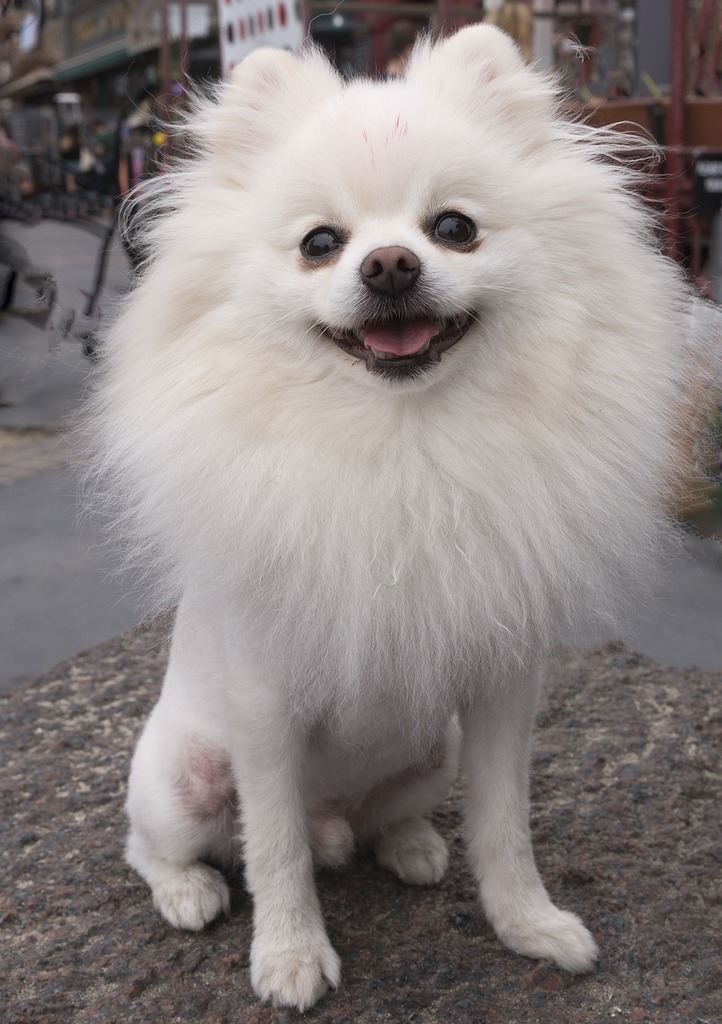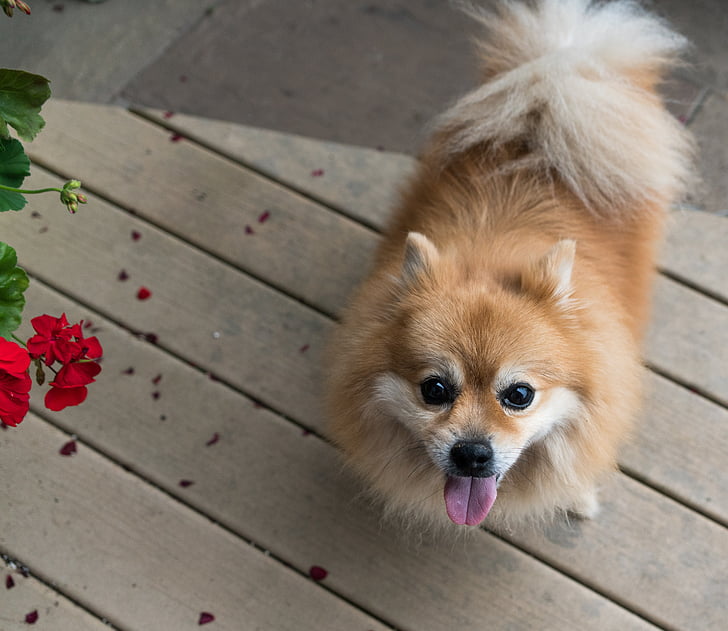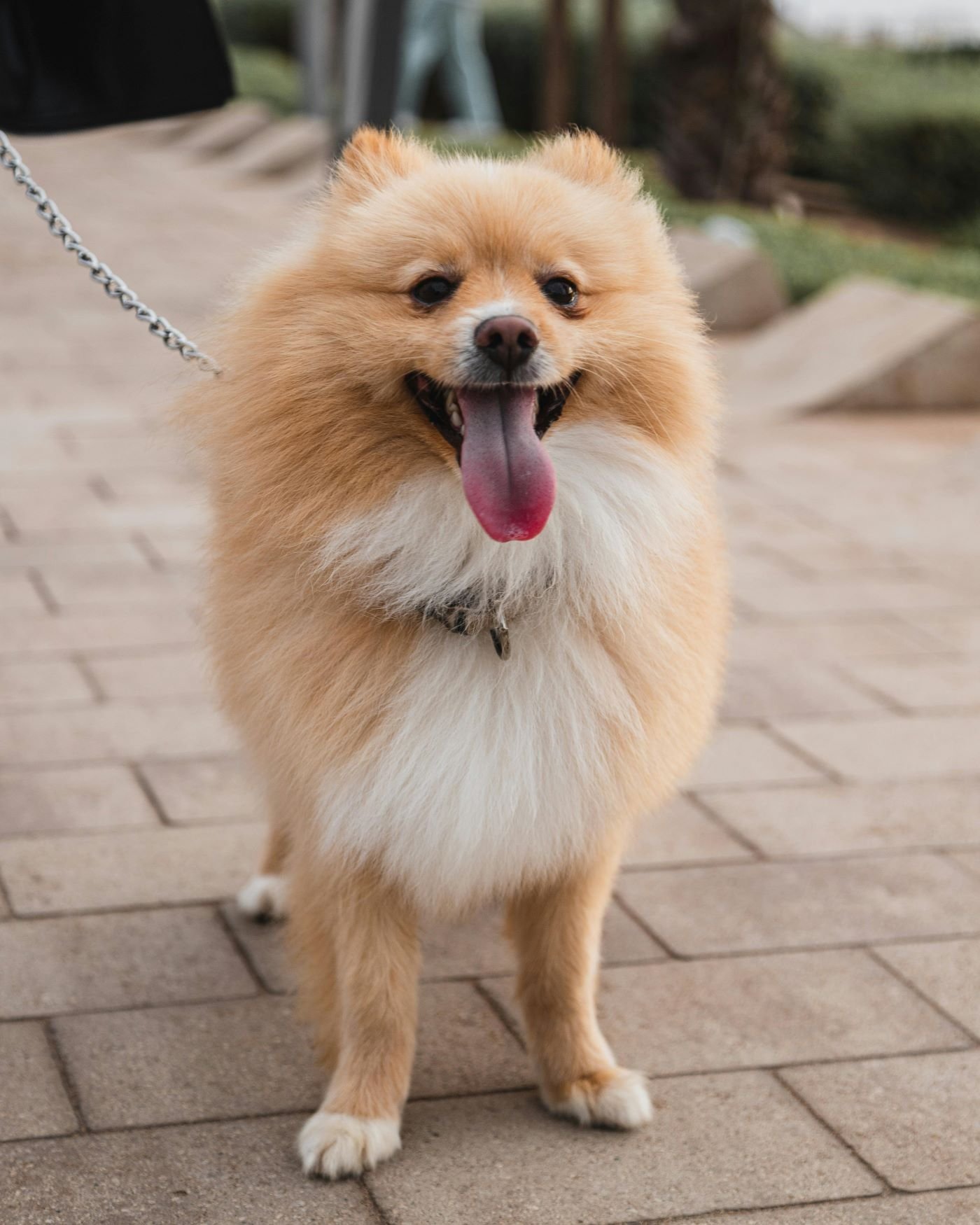Pomeranians, with their fluffy coats and lively personalities, have captured the hearts of dog lovers around the world. These small yet spirited dogs are known for their intelligence and loyalty, making them excellent companions in a variety of living situations. Whether you’re considering adding a Pomeranian to your family or simply seeking to learn more about this beloved breed, understanding their care needs, temperament, and health considerations is essential.
This introduction aims to provide an overview of what makes Pomeranians unique, from their historical background as royal favorites to modern-day tips on grooming and exercise requirements. Dive into the world of Pomeranians and discover why these adorable pets continue to be a popular choice among dog enthusiasts.
Key Takeaways
- Pomeranians are small but energetic dogs, great for families and living in apartments, as highlighted in the Breed Overview.
- Regular vet check-ups and being aware of common health issues specific to Pomeranians can ensure your pet lives a long, healthy life, as discussed in Health And Care.
- Understanding the unique needs of living with a Pomeranian, including exercise and socialization, will help you provide a happy home for your pet.
- When considering adding a Pomeranian to your family, seeking reputable breeders or adoption centers is crucial for finding a healthy, well-socialized puppy.
- Implementing the breeder advice and adopting tips can significantly improve the process of welcoming a Pomeranian into your home.
- Remember, owning a Pomeranian requires commitment and understanding of the breed’s specific needs, but it can be incredibly rewarding with the right preparation and care.
Breed Overview
History
The Pomeranian breed traces its roots back to the Arctic region, where it was initially bred for hard work in cold environments. Originally larger dogs, they served as sled dogs and sheepherders, showcasing their versatility beyond companionship. Their evolution into a smaller, more refined companion dog began when they caught the attention of royalty and nobility across Europe.
Their introduction to England marked a significant turning point in the breed’s history. It was during Queen Victoria’s reign that Pomeranians saw a dramatic rise in popularity. The queen herself owned a tiny Pomeranian, which influenced the breed to become smaller over time. This royal endorsement set the stage for Pomeranians to become beloved pets among the upper class and beyond.
Physical Characteristics
Pomeranians boast a distinctive fluffy double coat that comes in a variety of colors, including orange, white, black, and blue among others. This double layer not only adds to their appeal but also provides insulation against cold weather. They are known for their small size, typically weighing between 3 to 7 pounds and standing 6 to 7 inches tall at the shoulder.
Their fox-like face, pointed ears, and plumed tail are key characteristics that give them an alert and curious expression. Despite their small stature, Pomeranians have a sturdy build with a short back and a compact body that contributes to their lively movements.
Personality and Temperament
Pomeranians are renowned for their energetic, playful, and friendly nature. They thrive on attention from their owners and can be quite affectionate family members. Their intelligence and alertness make them excellent watchdogs, always keen on announcing visitors or unusual activities around their home.
However, potential owners should be aware of their tendency to bark. With proper training and socialization from an early age, this behavior can be managed effectively. It’s crucial for Pomeranian owners to establish firm yet gentle leadership to prevent small dog syndrome—a condition where dogs believe they rule over humans.

Health And Care
Common Health Issues
Pomeranians, with their fluffy coats and spirited personalities, face genetic predispositions toward certain health conditions. Luxating patella, dental problems, and tracheal collapse are among the most common issues. These conditions can affect their quality of life but early detection can make a significant difference.
Regular veterinary check-ups are crucial for monitoring signs of heart disease, eye disorders, and skin conditions. Preventative care, including vaccinations and parasite control, plays a key role in maintaining their health. Owners should ensure their Pomeranians receive all necessary health clearances to mitigate risks.
Dietary Needs
A balanced diet is essential for Pomeranians. Their small size and high energy levels demand food tailored to their specific needs. Overfeeding can lead to obesity, which in turn may cause other health complications.
Consulting with a vet is advisable to determine the best diet plan. This plan should consider the dog’s age, weight, and activity level. High-quality food that meets all nutritional requirements will support their overall well-being.
Exercise Requirements
Despite their diminutive stature, Pomeranians possess a surprising amount of energy. Daily exercise is vital for managing this energy and maintaining good health. A mix of physical activities such as short walks and play sessions will keep them both physically and mentally engaged.
Owners should remember that regular opportunities to expend energy are necessary for these lively companions. This not only keeps them fit but also happy.
Grooming
Grooming plays an integral part in a Pomeranian’s care routine. Daily brushing is recommended to prevent matting and maintain coat health. Regular professional grooming every 4-6 weeks helps trim nails, clean ears, and manage fur length.
Dental hygiene cannot be overlooked; regular teeth brushing prevents dental issues from arising. Investing time in grooming not only ensures they look their best but also supports their overall health.
Living with a Pomeranian
Training and Socialization
Early socialization is crucial for Pomeranians. It helps prevent timidity and aggression towards others, including animals and strangers. This breed’s intelligence and eagerness to please make positive reinforcement techniques very effective. Treats and praises encourage them well.
However, owners must be wary of “small dog syndrome.” Without consistent boundaries, Pomeranians may develop behavioral issues. They can become bossy and overprotective. Setting rules early on is key.
Environment
Pomeranians are perfect for apartment living due to their small size. Yet, they need enough space to play and explore safely. A secure, fenced area is vital for outdoor activities to prevent escapes.
These dogs are sensitive to extreme temperatures. Owners should ensure proper indoor climate control. This keeps them comfortable throughout the year.
Activities They Enjoy
Pomeranians love agility courses, obedience training, and interactive games. These activities stimulate their minds and bodies. They also enjoy being companions. Lap time and participating in family activities bring them joy.
Regular playdates with other small dogs are important too. It satisfies their social needs.

Breeder Advice and Adoption
Choosing a Breeder
When searching for a Pomeranian, finding a reputable breeder is crucial. These breeders prioritize the health and well-being of their dogs. They conduct thorough health screenings on puppies and their parents to identify potential genetic conditions. It’s advisable to choose breeders who provide health guarantees for their puppies.
Visiting the breeding facility is essential before making any decisions. This visit allows prospective owners to see the living conditions of the puppies and meet their parents. The environment should be clean, spacious, and well-maintained.
Prospective owners should not hesitate to ask for references from previous buyers. Reviewing contracts carefully before committing is also important. Contracts outline the responsibilities of both the buyer and breeder, including care requirements and return policies.
Adoption
Adoption offers a compassionate alternative to buying a Pomeranian from a breeder. Many shelters and rescue organizations specialize in small breeds like Pomeranians. These groups often have adult dogs available, which can be an advantage for those looking to bypass the puppy stage.
Adopting an adult dog often means that its temperament is known, making it easier to find a good match for your home environment. This aligns well with understanding what living with a Pomeranian entails, as discussed in the previous section.
Before adopting, it’s wise to prepare questions about the dog’s health history and temperament. Shelter staff can provide valuable information about the dog’s background, including any known health issues or behavioral traits. This helps ensure that adoptive families are well-prepared for their new pet.
Top Dog Grooming Tools (Click Here)
Final Remarks
Pomeranians stand out for their vibrant personality and fluffy appearance, making them a beloved breed among dog enthusiasts. They require dedicated care, including regular grooming and attention to their health needs, as outlined in the sections above. Living with one brings joy and companionship but also demands responsibility, especially in selecting a reputable breeder or considering adoption. Their small size belies a bold spirit, and they thrive in environments where they receive love and proper care.
Prospective owners should weigh these considerations carefully. The journey with a Pomeranian offers rewards and challenges alike. For those ready to embrace both, it promises a unique bond filled with affection and lively moments. Interested individuals are encouraged to research further and reach out to trusted sources for more information on welcoming a Pomeranian into their lives.
Frequently Asked Questions
What is the average lifespan of a Pomeranian?
Pomeranians typically live between 12 to 16 years. Proper care, including regular veterinary check-ups, can help ensure a long, healthy life.
How often do Pomeranians need grooming?
Pomeranians require daily brushing due to their thick, fluffy coats. Regular grooming prevents mats and keeps their fur in good condition.
Are Pomeranians good with children?
Pomeranians can be good with children if properly socialized from a young age. However, due to their small size, interactions should be supervised to prevent accidental injury.
What health issues are common in Pomeranians?
Common health issues include dental problems, luxating patella, and tracheal collapse. Early detection and treatment are crucial for managing these conditions.
Can Pomeranians live comfortably in apartments?
Yes, Pomeranians are well-suited for apartment living due to their small size. They still require regular exercise and mental stimulation to stay healthy and happy.
What advice do breeders give about adopting a Pomeranian?
Breeders advise ensuring compatibility with your lifestyle and committing to the dog’s long-term care. Prospective owners should research the breed thoroughly and consider adoption from reputable sources.
How much exercise does a Pomeranian need?
Pomeranians need moderate exercise. Daily short walks and playtime can meet their physical activity requirements while keeping them mentally stimulated.






0 Comments